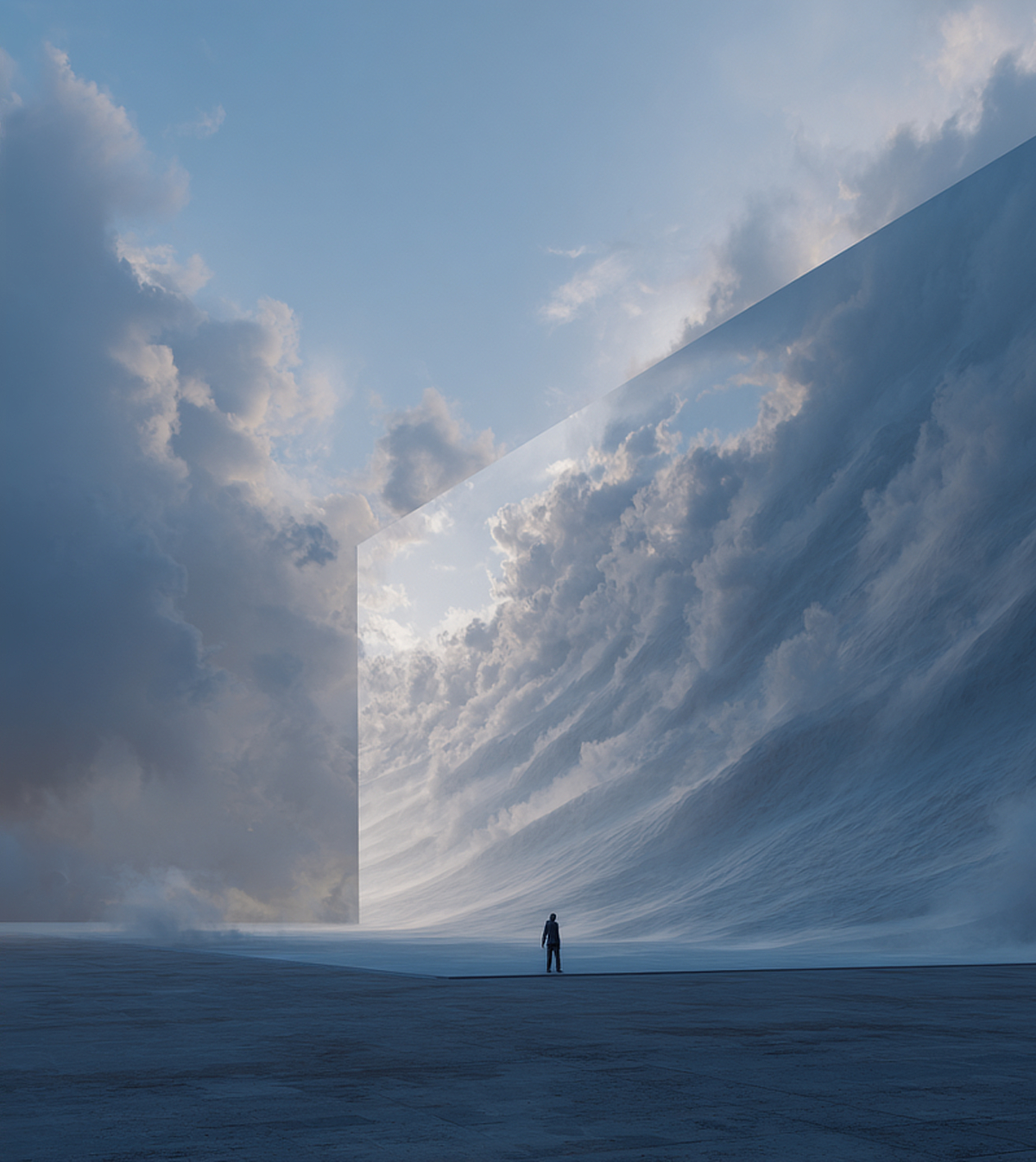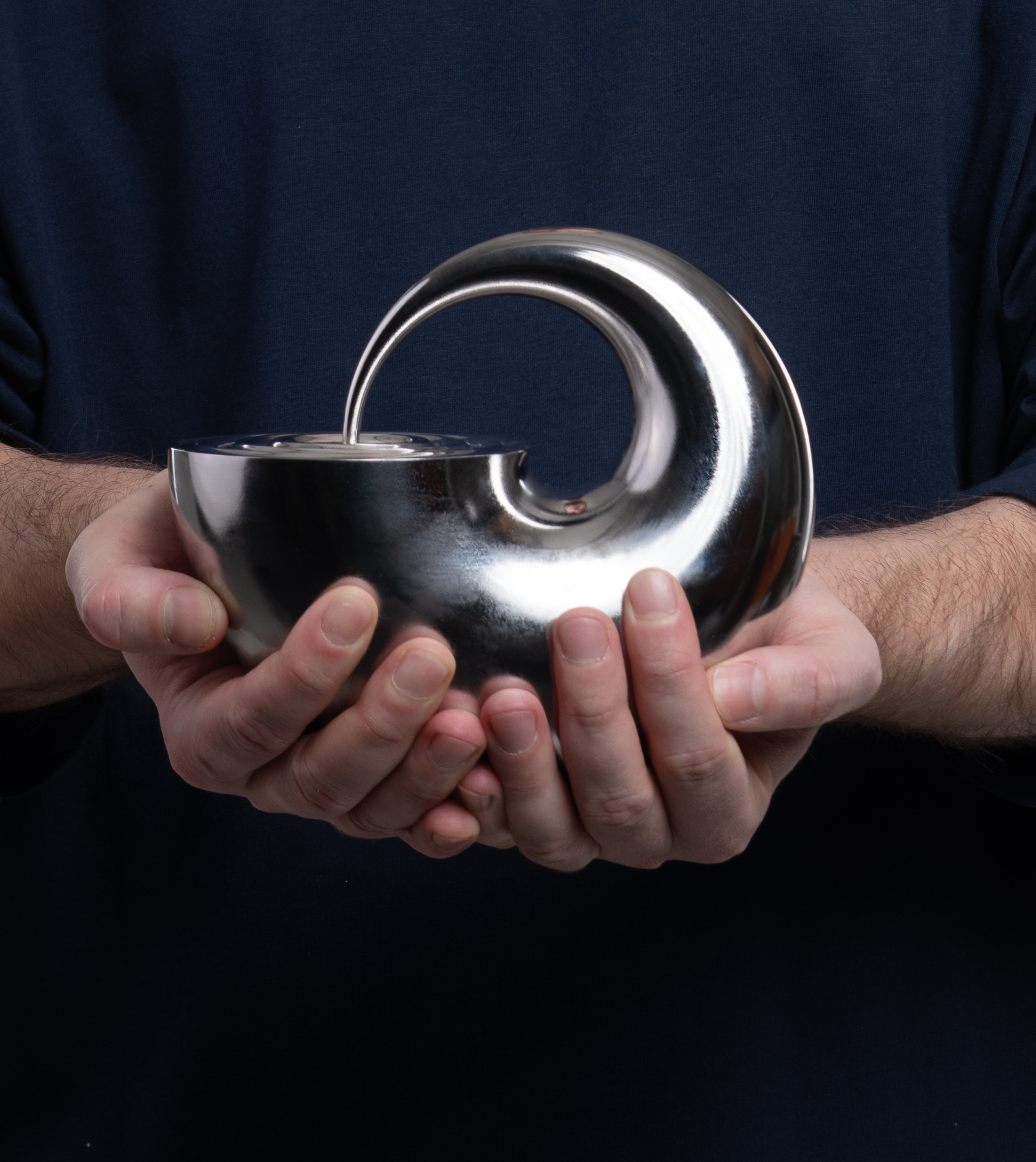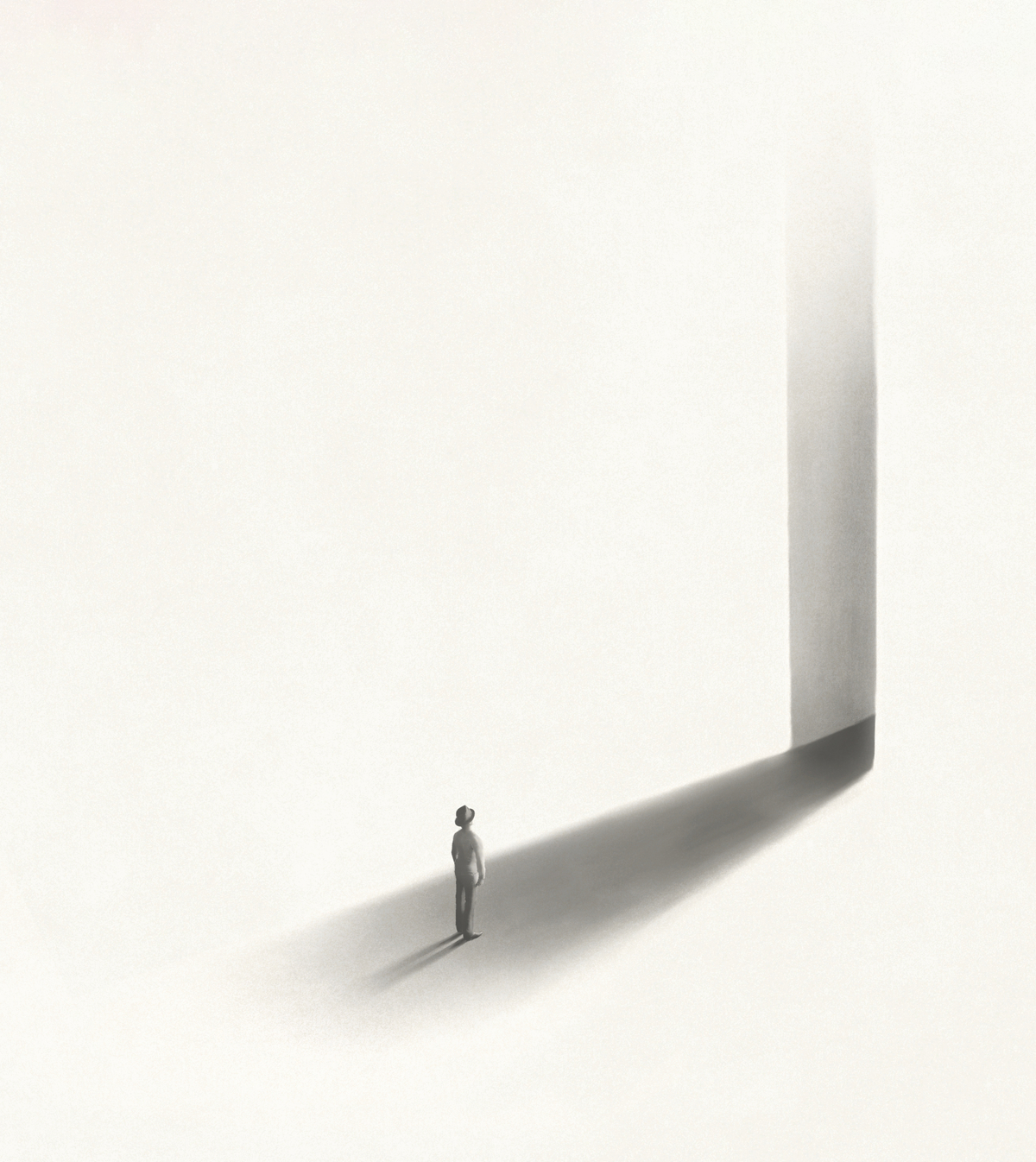We’d like to take the opportunity to introduce you to the Honorable mention winners of our "Hospice - Home for the Terminally ill #3" competition – Quang Tuan Ta, Trần Hà Phú and Phuong Thao Pham from Switzerland!

Quang Tuan Ta, Trần Hà Phú and Phuong Thao Pham
Please tell us about your company (when it was founded, where it is based, how many employees, etc) Alternatively, if you do not have a company, please give us some insights on your own professional/academia background.
We are a team of three architectural designers: Quang Tuan TA (Technical University of Braunschweig), PHAM Phuong Thao (Hanoi University of Architecture), and TRAN Ha Phu (Duy Tan University, Da Nang), based in both Switzerland and Vietnam. Having previously worked together, we have continued our collaboration across continents, driven by a shared vision of reconnecting architecture with nature.
Brief information about the projects that you/your company have been involved with. For instance, what scale have you focused on/preferred, any significant projects where the company/ individuals have been Involved?
Ta: I have been practicing architecture in both Europe and Asia, working on projects that range from large-scale research centers for conglomerates to small-scale initiatives like bamboo pavilions built with limited resources. Recently, I have focused on furthering my expertise in landscape design, seeking opportunities to incorporate it from the early stages of the design process.
Pham: Previously, I contributed to various hotel and residential projects in Vietnam. Currently, I am researching traditional construction methods that have been preserved by generations of ethnic communities across Vietnam. My goal is to blend traditional culture with modern techniques, optimizing environmental protection while preserving the rich cultural heritage of these communities.
Tran: I have participated in various projects, including conference restaurants, dining establishments, and hotels. A common theme among these projects is their location in mountainous areas, which presents unique challenges. They focus on spatial research, shaping solutions, landscape design, and the appropriate use of local materials to create sustainable buildings that preserve rustic charm and harmonize with the surrounding landscape.
What does architecture mean to you and what is the role of an architect in your society?
Ta: In my recent explorations from practicing yoga, I have come to see architecture as an inherently interdisciplinary practice, one that thrives on a stronger co-relationship between structure, landscape, and interior spaces. Just as yoga fosters a holistic connection between mind, body, and environment, creating a state of flow and energy architecture must similarly encourage a dialogue among its various components, recognizing that each element influences and enhances the others. By examining architecture through this lens, we can explore dynamic spatial possibilities that reflect the interconnectedness of our built environment and human experience, leading to designs that emerge organically from their context and meet the needs of their users.
Pham: Architecture represents the living spaces and the imprint of every being on Earth, existing all around us. Everyone contributes to architecture in various scales and forms. Observing architectural works provides a systematic understanding of culture. The role of design and construction is to create spaces that optimize activities while evoking positive emotions in users.
Tran: Design and construction should prioritize not only functionality but also the creation of environments that inspire and enhance human well-being. However, the construction industry is one of the largest consumers of resources, with significant repercussions for both the environment and other sectors. For this reason, I firmly believe that adopting sustainable practices in architecture—focusing on minimizing emissions and ecological impact—is essential for the health of our planet and future generations.
Why do you participate in architecture competitions?
We view competitions as a valuable platform for enhancing teamwork, honing our skills, and challenging our preconceptions of design. By fostering dialogue and maintaining a continuous exchange as we grow in our respective environments, we can build a strong foundation for future competitions and strengthen our long-term collaboration. Competitions also provide opportunities to share ideas and engage with current issues. We chose this particular competition for its social impact, as designing a hospice for the terminally ill aligns seamlessly with our social responsibility as architects.
What advice would you give to individuals who struggle to decide whether it would be beneficial for them to participate in architecture competitions?
Given the limitations often faced in the professional world, competitions offer the freedom to explore diverse design methodologies and graphic presentation techniques while developing solutions that truly resonate with you. You are already a winner when you dare to try.
Top 3 Reasons Why You Should Enter Architecture Competitions
Curious about the value of architecture competitions? Discover the transformative power they can have on your career - from igniting creativity and turning designs into reality, to gaining international recognition.
Learn more



























